Entry Category: Civil Rights and Social Change
Hogan, Richard Nathaniel
 Jim Holland Lynching Article
Jim Holland Lynching Article
Hollingsworth, Perlesta Arthur “Les”
 Elias Holt Lynching Article
Elias Holt Lynching Article
Homelessness
Hoover, Theressa
Hopkins v. Jegley
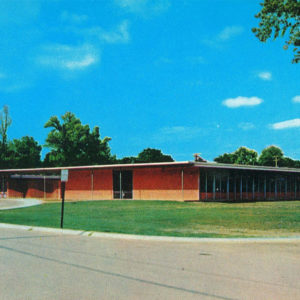 Horace Mann High School
Horace Mann High School
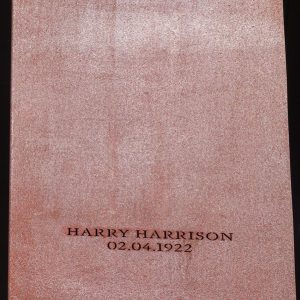 Hot Spring County Lynching
Hot Spring County Lynching
Hot Springs Schools, Desegregation of
Howard County Race Riot of 1883
aka: Hempstead County Race Riot of 1883
Howard County Reported Lynching of 1894
 Howard Federal Building
Howard Federal Building
Howard, George, Jr.
 George Howard Jr.
George Howard Jr.
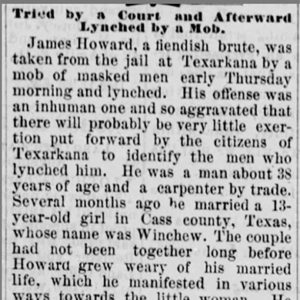 James Howard Lynching Article
James Howard Lynching Article
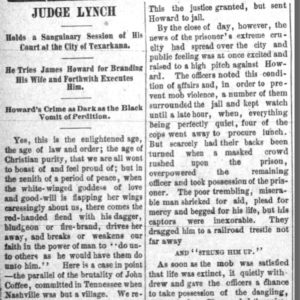 James Howard Lynching Article
James Howard Lynching Article
Howard, Jesse (Lynching of)
Hoxie Schools, Desegregation of
Huckaby, Elizabeth Paisley
Hunley, Dan (Lynching of)
Hunt, Silas Herbert
Hunter, Buck (Lynching of)
Hunter, William (Lynching of)
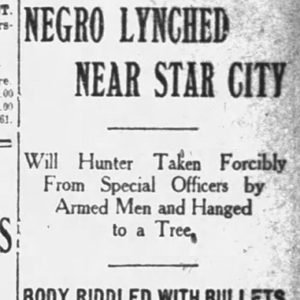 William Hunter Lynching Article
William Hunter Lynching Article
Hutton, Bobby James
Hyman, Ralph Allen
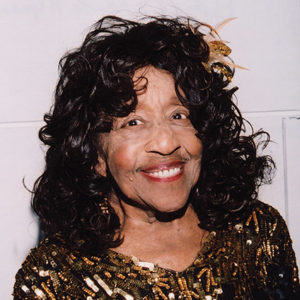 Hazel Hynson
Hazel Hynson
Iggers, Georg
Iggers, Wilma Abeles
Indian Removal
Intrastate Commerce Improvement Act
aka: Act 137 of 2015
Ivey, Helen Booker
 Jackson County Lynching
Jackson County Lynching
Jackson, Gertrude Newsome
Jackson, Henry (Lynching of)
 Henry Jackson Lynching Article
Henry Jackson Lynching Article
James, Henry (Lynching of)
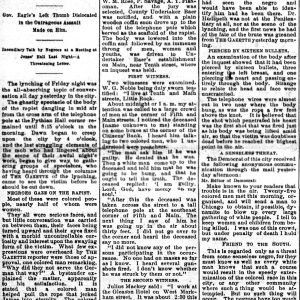 James Lynching Article
James Lynching Article
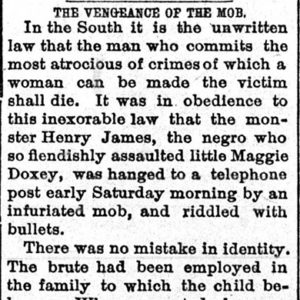 James Lynching Editorial
James Lynching Editorial
Jameson, Jordan (Lynching of)
Japanese American Relocation Camps
Jeannette, Gertrude Hadley
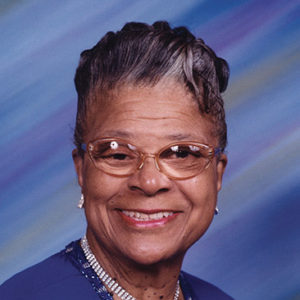 Gertrude Jeannette
Gertrude Jeannette
Jefferies, Oscar (Lynching of)
 Jefferson County Lynching Article
Jefferson County Lynching Article
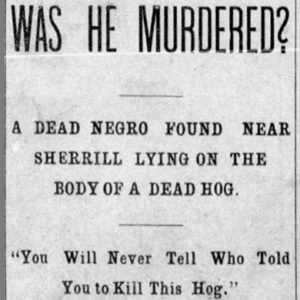 Jefferson County Lynching Article
Jefferson County Lynching Article




